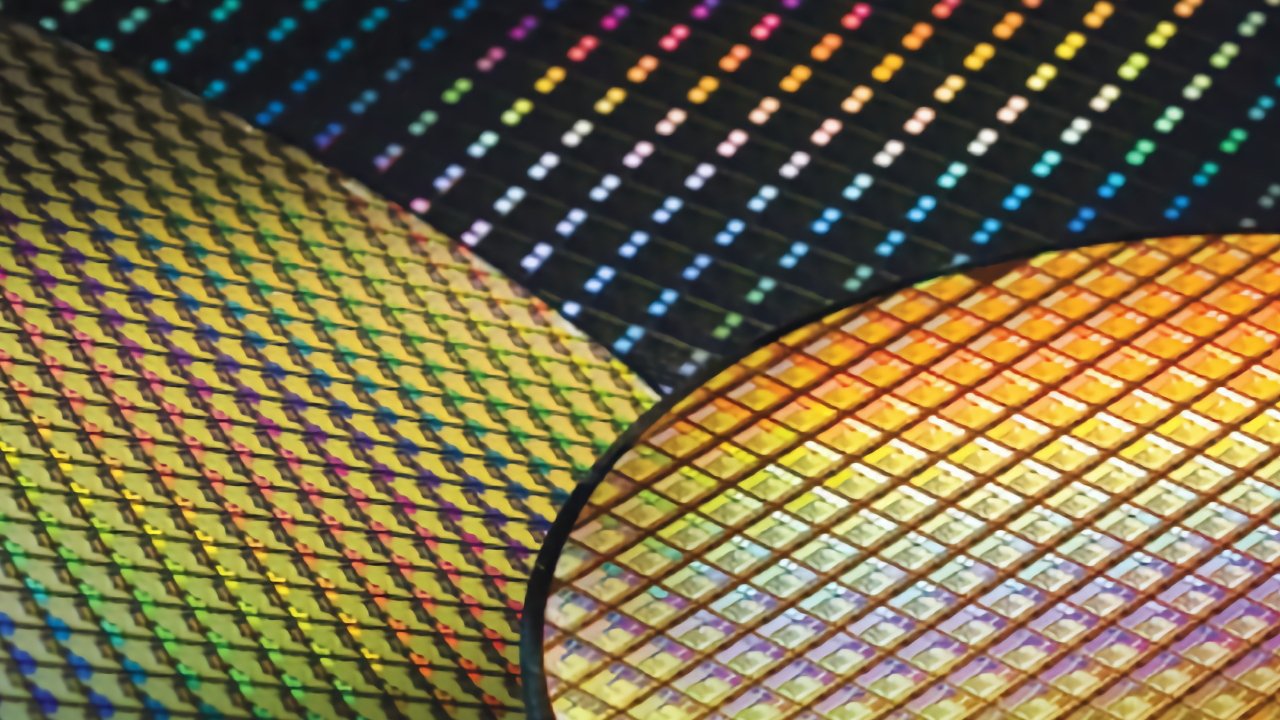Apple’s forthcoming iPhone 18 is set to feature the A20 processor, a cutting-edge chip manufactured using TSMC’s 2-nanometer (2nm) fabrication process. This advancement promises enhanced performance and energy efficiency. However, the transition to this sophisticated technology comes with a significant increase in production costs, raising questions about potential impacts on consumer pricing.
The Leap to 2nm Technology
The semiconductor industry continually strives to reduce chip sizes, aiming for faster and more efficient processors. TSMC’s move to the 2nm process represents a substantial technological leap, allowing for more transistors to be packed into a smaller area, thereby boosting performance and reducing power consumption. This innovation is particularly crucial for devices like the iPhone, where space and energy efficiency are paramount.
Escalating Production Costs
Implementing the 2nm fabrication process is not without its challenges. Reports indicate that the cost of producing these advanced chips is expected to be at least 50% higher than that of previous generations. This increase is attributed to the substantial capital investment required for developing new manufacturing techniques and the initial lower yields associated with pioneering such advanced processes. Yield refers to the proportion of functional chips produced from each silicon wafer, and early stages of new fabrication processes often experience lower yields, leading to higher per-unit costs.
Apple’s Historical Approach to Cost Absorption
Historically, Apple has demonstrated a tendency to absorb increased component costs rather than passing them directly onto consumers. For instance, when TSMC raised chip production prices by up to 20% in 2021, Apple maintained its product pricing, opting to manage the cost internally. This strategy aligns with Apple’s commitment to delivering premium products without frequent price hikes, thereby maintaining customer loyalty and market competitiveness.
Potential Impact on iPhone 18 Pricing
Despite the significant rise in production costs for the A20 chip, it is anticipated that Apple will continue its practice of cost absorption. The processor, while a critical component, constitutes a fraction of the total manufacturing cost of an iPhone. For example, in the iPhone 16, the A18 processor was estimated to cost $45, contributing to a total bill of materials around $416. Given this context, the increased cost of the A20 chip may not necessitate a corresponding increase in the retail price of the iPhone 18.
Broader Industry Implications
The shift to 2nm technology is not exclusive to Apple. Other major tech companies, including AMD, Broadcom, Intel, MediaTek, and Qualcomm, are also expected to adopt TSMC’s 2nm process. This widespread adoption underscores the industry’s commitment to advancing semiconductor technology, despite the associated costs. It also highlights the competitive pressure to innovate continually, as companies strive to offer consumers faster, more efficient devices.
Future Outlook
Looking ahead, TSMC has announced plans for even more advanced fabrication processes, such as the 1.6nm node, expected to debut in 2026. These developments promise further enhancements in performance and efficiency but will likely come with their own set of challenges and costs. For Apple, staying at the forefront of technology while managing production expenses will remain a delicate balancing act.
Conclusion
The introduction of the A20 chip in Apple’s iPhone 18 marks a significant milestone in semiconductor technology, offering users improved performance and energy efficiency. While the transition to 2nm fabrication entails higher production costs, Apple’s history suggests a likelihood of absorbing these expenses to maintain stable pricing for consumers. As the tech industry continues to push the boundaries of innovation, companies must navigate the complexities of advancing technology while managing financial implications.



